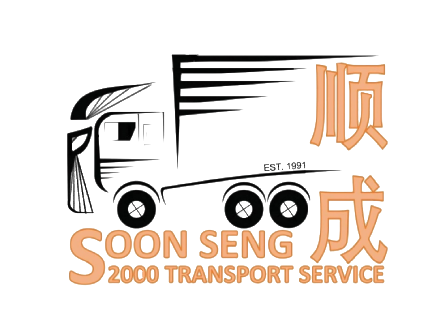Relocating a business involves more than just physical items—it’s about transitioning your entire operation smoothly. This comprehensive guide provides a step-by-step approach to ensure a successful commercial move that minimizes disruptions and maximizes efficiency.
1. Strategic Planning
- Early Start: Begin planning well in advance to avoid last-minute rush and confusion.
- Moving Committee: Create a team to oversee the move, ensuring every aspect is covered.
- Budgeting: Set a realistic budget to account for moving expenses and unforeseen costs.
2. Assessing Needs
- Space Evaluation: Analyze your new space to determine layout and design requirements.
- Technology Transition: Plan how your IT infrastructure will be migrated without disrupting operations.
- Employee Involvement: Keep staff informed and address their concerns to maintain a positive atmosphere.
3. Professional Movers
- Hiring Process: Choose experienced commercial moving services familiar with the complexities of business relocations.
- Customized Plan: Work with the movers to develop a tailored moving plan that aligns with your business needs.
4. Packing and Inventory
- Organization: Categorize items, label boxes, and maintain a detailed inventory to streamline unpacking.
- Sensitive Data: Safeguard sensitive documents and information during the move.
5. Logistics and Timing
- Coordination: Plan the move to avoid peak business hours and busy periods.
- Communication: Keep clients, vendors, and partners informed about the move’s timeline and impact.
6. Efficient Moving Day
- Equipment: Provide the moving team with necessary equipment, such as dollies, carts, and packing materials.
- Supervision: Have a representative present during the move to address any questions or concerns.
7. Setting Up in the New Space
- Layout: Pre-plan the new office layout to ensure a smooth setup of workstations and common areas.
- IT Integration: Test and set up IT systems, ensuring connectivity and functionality.
- Unpacking Strategy: Prioritize essential items for immediate use.
8. Employee Support
- Orientation: Familiarize employees with the new space through guided tours and training sessions.
- Feedback: Encourage feedback to address any post-move concerns promptly.
9. Celebrate Success
- Acknowledgment: Recognize and celebrate the successful move to boost team morale.
- Client Communication: Inform clients of the new address and any changes in business operations.
Conclusion
A commercial move is a significant undertaking, but with meticulous planning, professional assistance, and effective communication, it can be a smooth transition that propels your business forward. By considering every aspect and ensuring employee satisfaction, you’ll set the stage for continued success in your new location.


